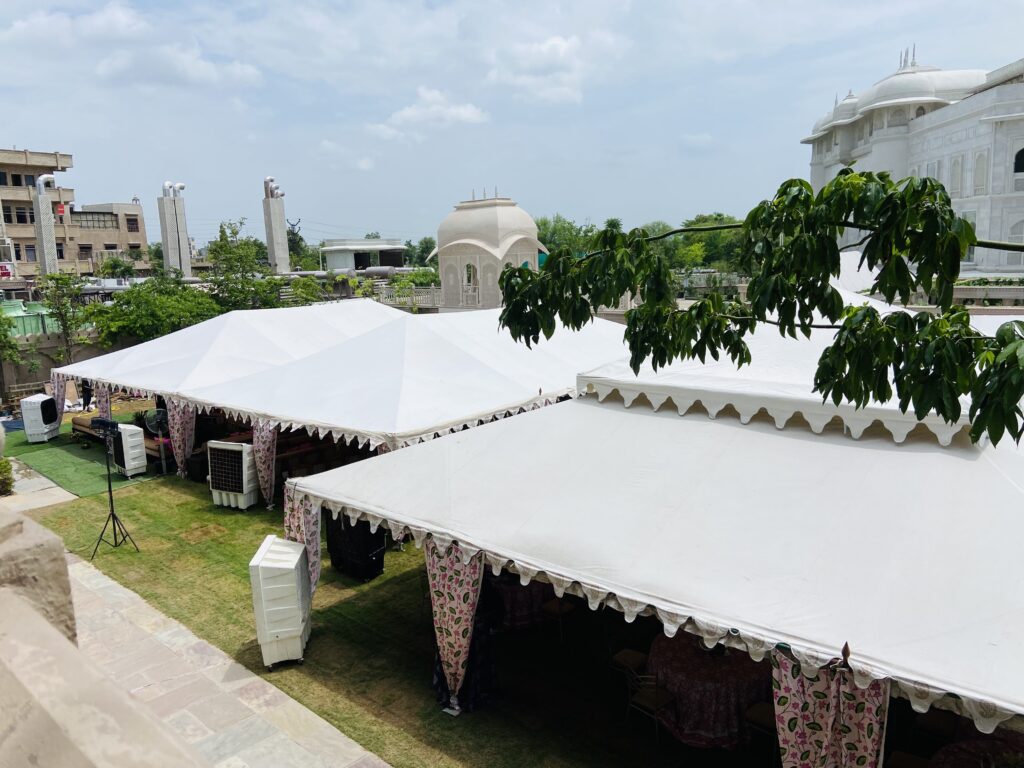Tent Care Guide

Tents are more than just pieces of fabric and poles; they are your temporary homes in the great outdoors. Whether you’re an avid camper or a resort owner, taking proper care of your tent is crucial for ensuring it serves you well for years to come. It’s crucial to start with the right kind of tent for a well-matched tent will be easier to care for in the long run. Apart from this, proper setup is where tent care begins:

Look for level ground that’s free of rocks and debris.
Place a ground cloth or footprint under your tent to protect the floor (if there is one) from abrasions.
Properly stake your tent to ensure it remains stable in windy conditions.
Don’t over pack your tent; it can lead to damage and reduced airflow, potentially causing condensation issues.
Look for level ground that’s free of rocks and debris.
Tent cleaning
Clean the tent by setting it up and wiping it down with a mild soap (liquid hand soap) and lukewarm water solution. Rinse thoroughly and dry completely. Never use detergent, washing machines or dryers because they can damage the tent’s protective coating and seams. After cleaning, be sure the tent is completely dry, especially the heavier, double-stitched areas such as the seams, before storing or mold and mildew are likely to grow.
Clean the tent poles with a soft, dry cloth. This is especially necessary after ocean side usage and trips to remove salt spray so the poles don’t corrode or stay gritty.

Tent seam sealing
Decide which seams need to be sealed. For example, seams that will be exposed to rain, runoff, or ground level water are a must for sealing. You won’t need to seal the seams in the roof or the factory taped seams either. We recommend sealing both floor & fly seams and reinforcements.
Ultraviolet damage to tents
Ultraviolet damage to tent fabric is caused by excessive exposure to sunlight. UV damage will cause cotton fabric and canvas to lose its color and shine & tear easily in certain cases. Once your tent has UV damage, it is non-repairable, but damage can be minimized by erecting tents on sites where exposure to direct sunlight can be avoided. We also recommend that you use the rain fly even on clear days. It acts as a sunscreen to the tent. A rain fly is both easier and less expensive to replace if damaged.
Tent storage
Make sure the tent is completely dry, and then store loosely rolled, in a dry, cool place. To prevent dust from collecting on the tent, cover it with a cloth. Ideally, the tent poles should be stored in their fully assembled state. This reduces the tension on the shock cord, prolonging its life. We recommend that the tent bag be used only as a carry sack and not for storage.
By following these guidelines for tent care, you can ensure that your trusty shelter stays in peak condition, providing you with comfort and protection during all your outdoor events. Remember, a well-cared-for tent is a reliable companion that will continue to serve you for many years to come.
